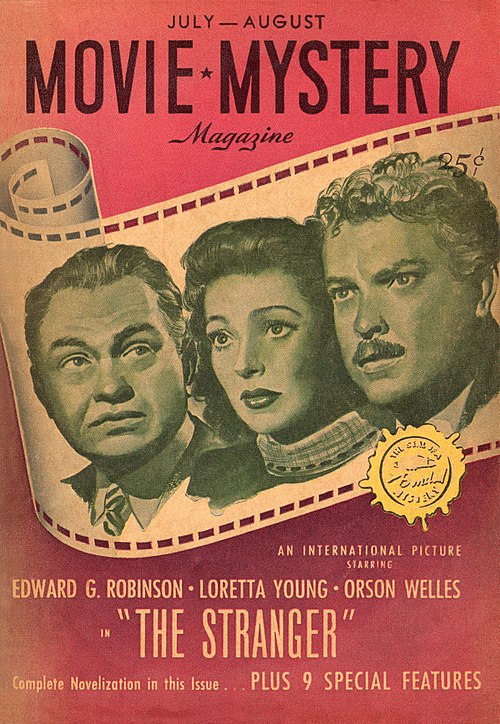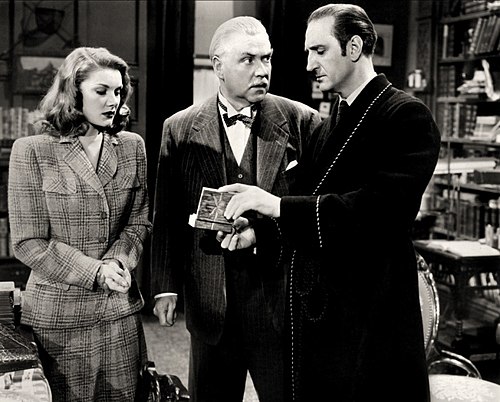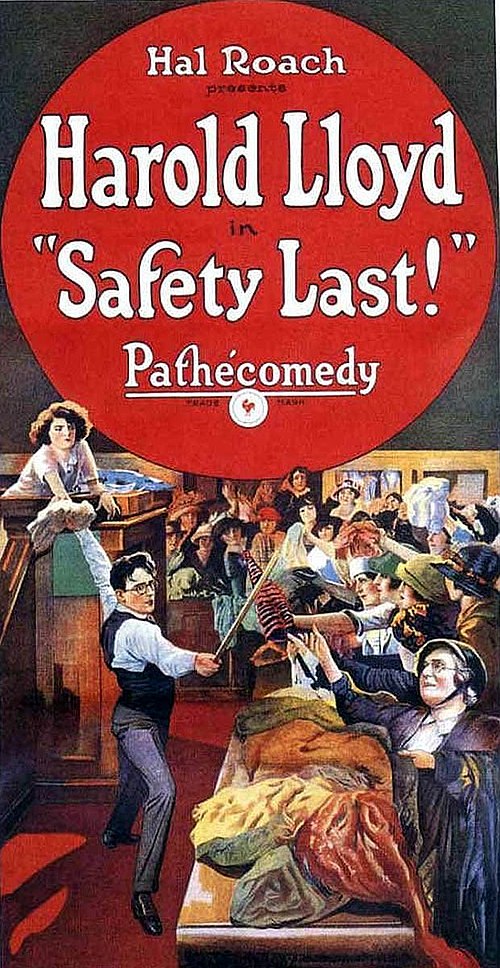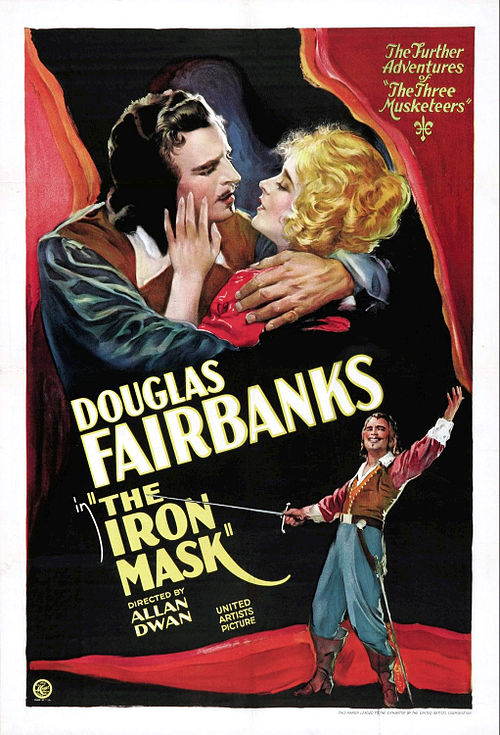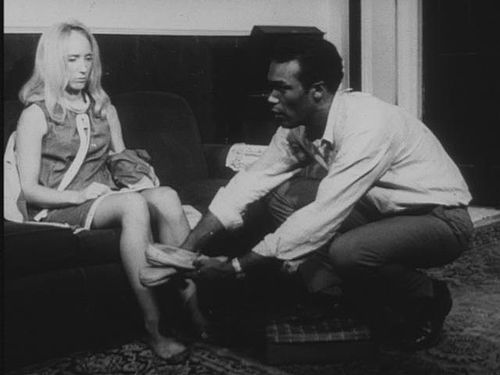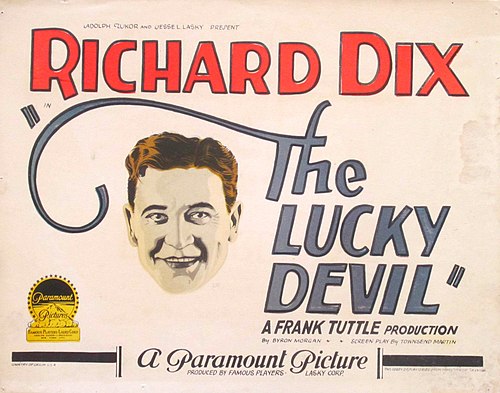Charlie Chaplin's "The Immigrant"
Charlie Chaplin's 61st Film Released June 17 1917. The Immigrant (also called Broke) starring the Charlie Chaplin Tramp character as an immigrant coming to the United States who is accused of theft on the voyage across the Atlantic Ocean, and befriends a young woman along the way. It also stars Edna Purviance and Eric Campbell. The movie was written and directed by Chaplin. According to Kevin Brownlow and David Gill's documentary series Unknown Chaplin, the first scenes to be written and filmed take place in what became the movie's second half, in which the penniless Tramp finds a coin and goes for a meal in a restaurant, not realising that the coin has fallen out of his pocket. It was not until later that Chaplin decided the reason the Tramp was penniless was that he had just arrived on a boat from Europe, and used this notion as the basis for the first half. Purviance reportedly was required to eat so many plates of beans during the many takes to complete the restaurant sequence (in character as another immigrant who falls in love with Charlie) that she became physically ill. The scene in which Chaplin's character kicks an immigration officer was cited later as evidence of his anti-Americanism when he was forced to leave the United States in the 1950s. The film has been selected for preservation in the United States National Film Registry. http://www.imdb.com/title/tt0008133/
File:The Immigrant (1917).webm
The Immigrant (also called Broke) is a silent film 1917 American comedy short film starring the Charlie Chaplin The Tramp character as an immigrant coming to the United States who is accused of theft on the voyage across the Atlantic Ocean, and befriends a young woman along the way. It also stars Edna Purviance and Eric Campbell (actor).
The movie was written and directed by Chaplin.
According to Kevin Brownlow and David Gill's documentary series Unknown Chaplin, the first scenes to be written and filmed take place in what became the movie's second half, in which the penniless Tramp finds a coin and goes for a meal in a restaurant, not realising that the coin has fallen out of his pocket. It was not until later that Chaplin decided the reason the Tramp was penniless was that he had just arrived on a boat from Europe, and used this notion as the basis for the first half. Purviance reportedly was required to eat so many plates of beans during the many takes to complete the restaurant sequence (in character as another immigrant who falls in love with Charlie) that she became physically ill.
The scene in which Chaplin's character kicks an immigration officer was cited later as evidence of his anti-Americanism when he was forced to leave the United States in 1952. In 1998, The Immigrant was selected for preservation in the United States National Film Registry by the Library of Congress as being "culturally, historically, or aesthetically significant".
Cast
- Charles Chaplin - Immigrant
- Edna Purviance - Immigrant
- Eric Campbell (actor) - The head waiter
- Albert Austin - A diner
- Henry Bergman - The artist
- Kitty Bradbury - The Mother
- Frank J. Coleman - Ship's Officer / Restaurant Owner
- Tom Harrington - Marriage Registrar
- James T. Kelly - Shabby Man in Restaurant
- John Rand (actor) - Tipsy Diner Who Cannot Pay
Synopsis
The film begins aboard a steamer crossing the Atlantic Ocean, and initially showcases the misadventures of an unnamed immigrant, the Tramp (Chaplin) who finds himself in assorted mischief while, among other things, playing cards, eating in a mess hall, and avoiding seasick passengers. Along the way, he befriends another unnamed immigrant (Purviance) who is traveling to America with her ailing mother. The two are robbed by a pickpocket who is losing in gambling. The Tramp, feeling sorry for the two penniless women, attempts to secretly place his winnings from his card game in the woman's pocket, but ends up being mistakenly accused of being a pickpocket. The woman manages to clear the Tramp's name. Upon arrival in America, the Tramp and the woman part company.Later, hungry and broke, the tramp finds a coin on the street outside a restaurant and pockets it. He doesn't realize there is a hole in his pocket and the coin has fallen straight through and is back on the ground. He enters the restaurant, where he orders a plate of beans. There, he is reunited with the woman and discovers her mother is dead. The Tramp orders a meal for her.
As they eat, they watch the restaurant's burly head waiter (Campbell) and other waiters attack and forcibly eject a patron who is short 10 cents in paying his bill. The Tramp, intimidated by the waiter, checks and now realizes he has lost his coin. Terrified of facing the same treatment as the man he saw thrown out, the Tramp begins planning how he will fight the huge man. Soon, however, he finds the same coin fallen from the head waiter's pocket onto the floor and makes many failed attempts to retrieve it without notice. He finally retrieves the coin and nonchalantly pays the waiter only to be thunderstruck when the waiter reveals the coin to be fake. Once again, the Tramp prepares for the fight of his life. Just then, a visiting artist spots the Tramp and the woman and offers them a job to pose for a painting. The two agree. The artist offers to pay for the Tramp and the woman's meal, but the Tramp declines the offer several times for reasons of etiquette, intending to eventually accept the artist's offer; however, he's dismayed when the artist does not renew his offer to pay at the last moment. The artist pays for his own meal and leaves a tip for the waiter. The Tramp notices that the tip is enough to cover the couple's meal and, without the artist noticing, palms the tip and presents it to the waiter as his own payment for his and the woman's meal. As a final riposte, he lets the waiter keep the remaining change - one small coin - after paying his bill. The waiter thinks the artist himself has given no tip whatsoever, and is clearly upset at this supposed action.
Afterwards, outside a marriage license office in the rain, the Tramp proposes marriage to the woman, who is coy and reluctant until the Tramp physically carries the laughing girl into the office.
Image:TheImmigrant.jpg
Production
Episode 1 of the 1983 documentary series Unknown Chaplin reveals that Chaplin developed the storyline for The Immigrant as filming progressed. Initially, the movie began as a comedy set in an artists cafe, with Purviance as a brightly dressed patron.This plot was abandoned almost immediately, before Chaplin's character was introduced, the documentary states, and Chaplin began again, with a story, still set in a cafe, about a man who has never been in a restaurant before displaying terrible table manners before meeting a lovely girl (Purviance) and shaping up. Initially, Henry Bergman played the bully-ish head waiter, but Chaplin eventually replaced him with Eric Campbell (actor).
According to Unknown Chaplin, Chaplin developed the idea of the tramp and Purviance's character being immigrants when he realized he needed more plot to justify the restaurant scenes. After filming the film's opening sequences of the arrival in America, he reshot parts of the restaurant scene to be consistent with the new plot (bringing Bergman back in a new role as an artist who resolves the subplot of Charlie being unable to pay for dinner), and added the epilogue in which the Tramp and Purviance are married.
Sound version
In 1932, Van Beuren Studios of Van Beuren Studios, purchased Chaplin's Mutual comedies for $10,000 each, added music by Gene Rodemich and Winston Sharples and sound effects, and re-released them through RKO Radio Pictures. Chaplin had no legal recourse to stop the RKO release.See also
Category:1917 films
Category:American films
Category:American silent short films
Category:Films directed by Charlie Chaplin
Category:Seafaring films
Category:United States National Film Registry films
Category:Black-and-white films


